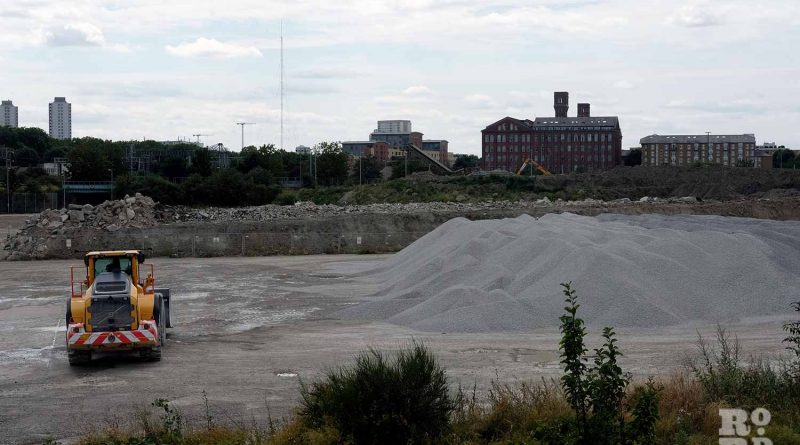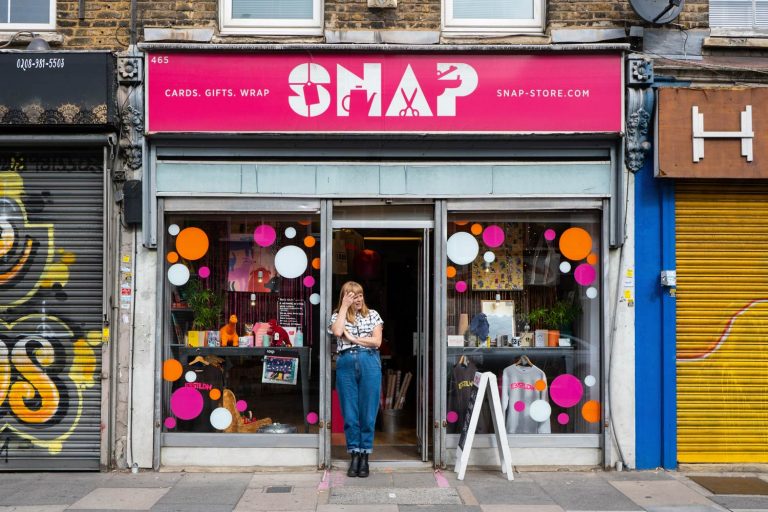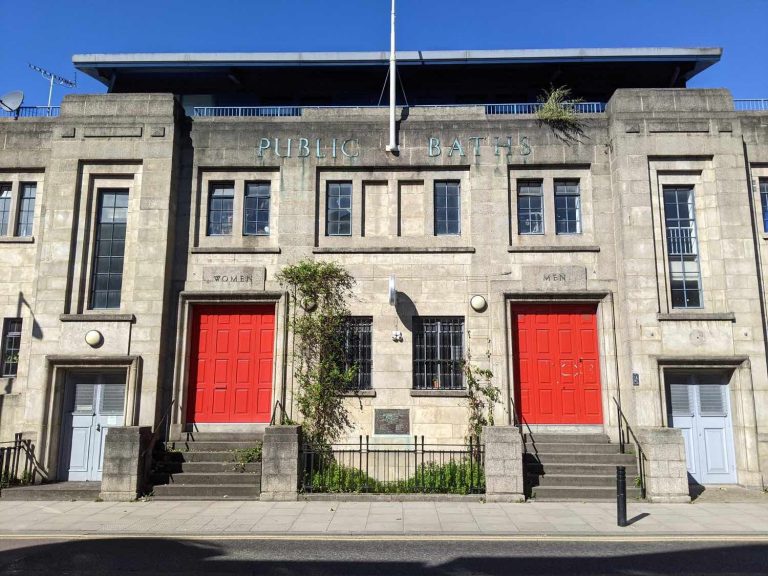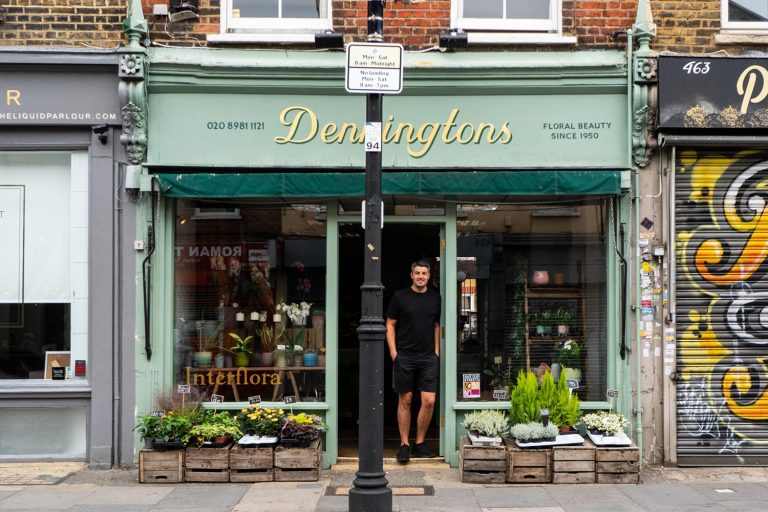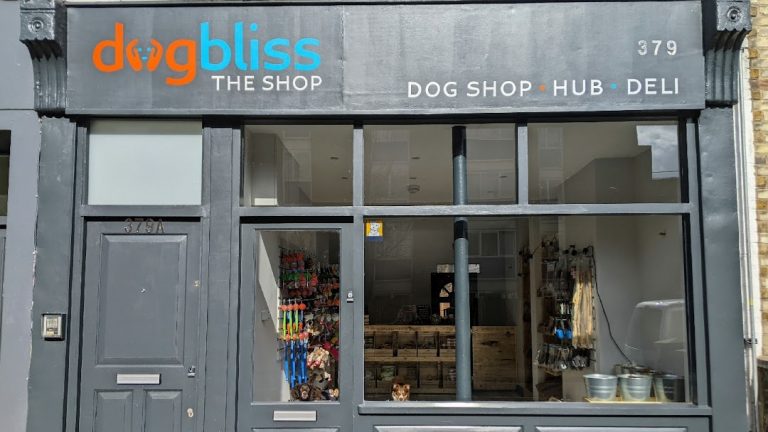Bow Goods Yard masterplan: final parcel of Olympic Park land to be unlocked
Network Rail announces the start of Bow Goods Yard masterplanning process to transform 30 acres of no man’s land, into a new Olympic Park neighbourhood and an integrated last-mile logistics hub for London.
If you’ve ever walked or cycled along the Green Way towards View Tube and cast your eye to the west, you’ll have seen a vast wilderness of scrubland stretching out to the horizon where you can just make out the outline of Bow Quarter, the smart warehouse redevelopment of the former the Bryant & May match factory.
Hemmed in by the A12, a concrete factory, Pudding Mill Sewage Pumping Station and the Great Eastern Main Line, you may have been secretly hoping that this forgotten patch of the Olympic Park that affords lung-filling, uninterrupted 360 views of East London had been earmarked to be re-wilded. We can but dream.
While the site is indeed the final parcel of land to be unlocked as part of London’s 2012 Olympic and Paralympic legacy, Network Rail has recently announced the start of the master planning process for its regeneration.
The 30-acre site, called Bow Goods Yard, currently supplies over a million tonnes of concrete and aggregate to serve the construction industry. For those who were here in the run-up to the 2012 Olympic Games, you’ll remember this land was initially used as the main construction hub for the Olympics, and during the Games it became home to the Olympic warm-up track.
The Bow Goods Yard masterplan hopes to deliver a park-side neighbourhood of homes, leisure, industrial and open space; workspace and workshop accommodation for an emerging and creative businesses campus, and new landscaping and open space to celebrate the location and connect with the surrounding communities.
Interestingly, the scheme, which is strategically placed near key transport links and one of the largest railheads for the capital, will retain a major rail freight transport hub and there are plans to create an integrated last-mile logistics hub to serve Greater London. This could significantly reduce HGV journeys across London helping to lower carbon footprint and ease congestion.
Robin Dobson, Group Property Director at Network Rail said:
“As the last part of the regeneration story for the Olympic Park, Bow Goods Yard is strategically connected by both road and rail. The development has the potential to create London’s largest state-of-the-art freight and last-mile logistics hub to serve Greater London, alongside delivering homes, a workspace campus and open space connecting to the surrounding neighbourhoods.”
While there are no rewilding plans, the scheme will work closely with the neighbouring communities of Pudding Mill, Fish Island and Strand East to connect with surrounding pockets of nature, such as Queen Elizabeth Olympic Park, the River Lea and Greenway to improve the area’s biodiversity.
This masterplan follows protests in 2016 from local residents against using the site for a new concrete plant amid fears the pollution would adversely affect the local community. The original plan was rejected and this is a new scheme led by a new team.
Across this summer, Network Rail will be gathering insights from local communities and businesses to set prioirities for the scheme followed by a drop in exhibition dislaying the initial design response to these priorities. In autumn, Network Rail will be holding workshops on key topics.
The Bow Goods Yard masterplan will erase from memory one of the last remaining brownfield sites that hark back to East London’s industrial past, but it will help improve connectivity with the Queen Elizabeth Park and deliver wider infrastructure improvements.
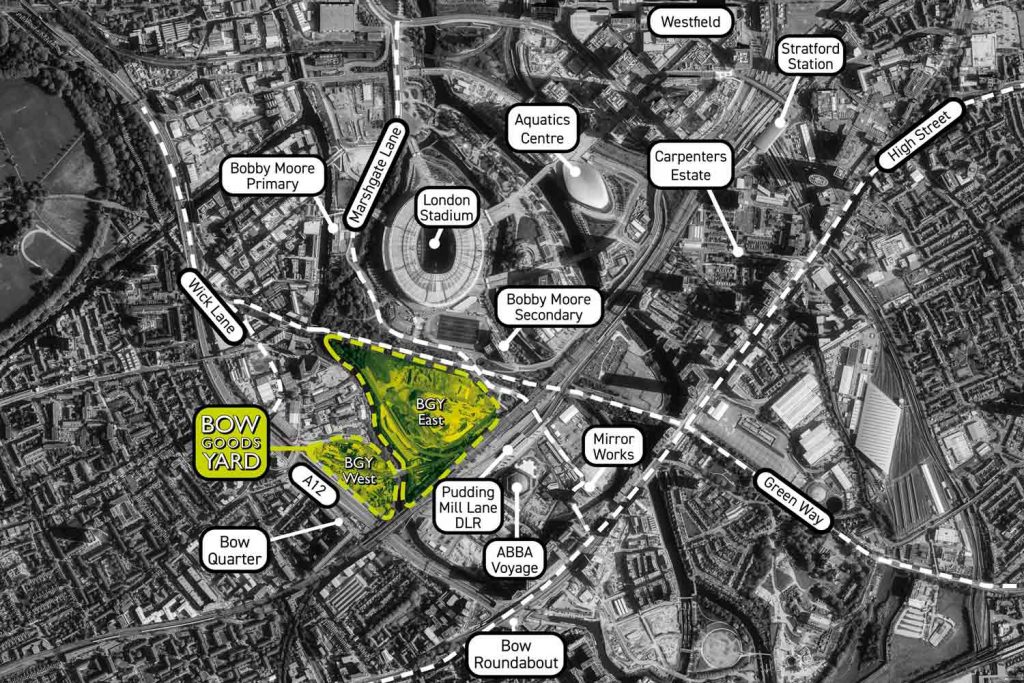
If you enjoyed reading this you may also like Olympic Park Ten Years On and plans for the East Bank.

